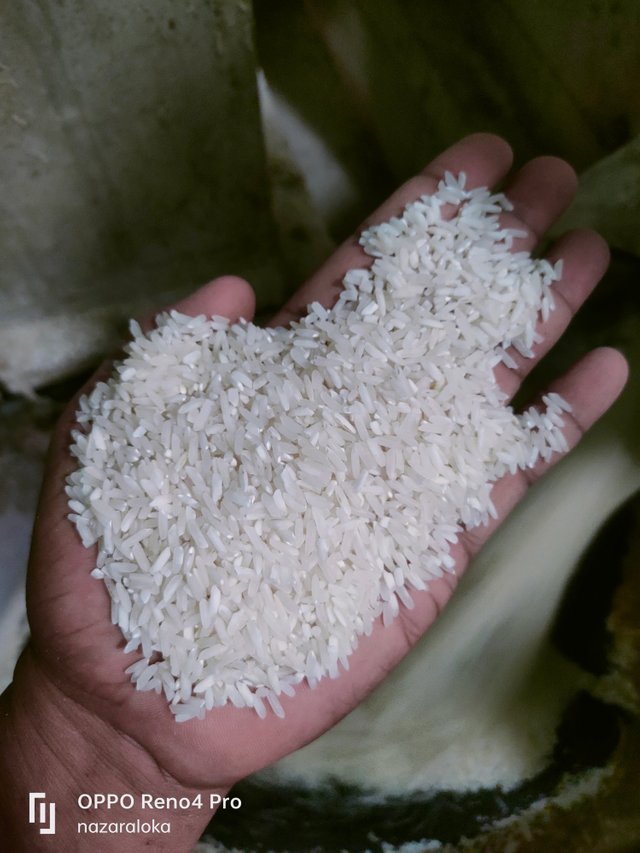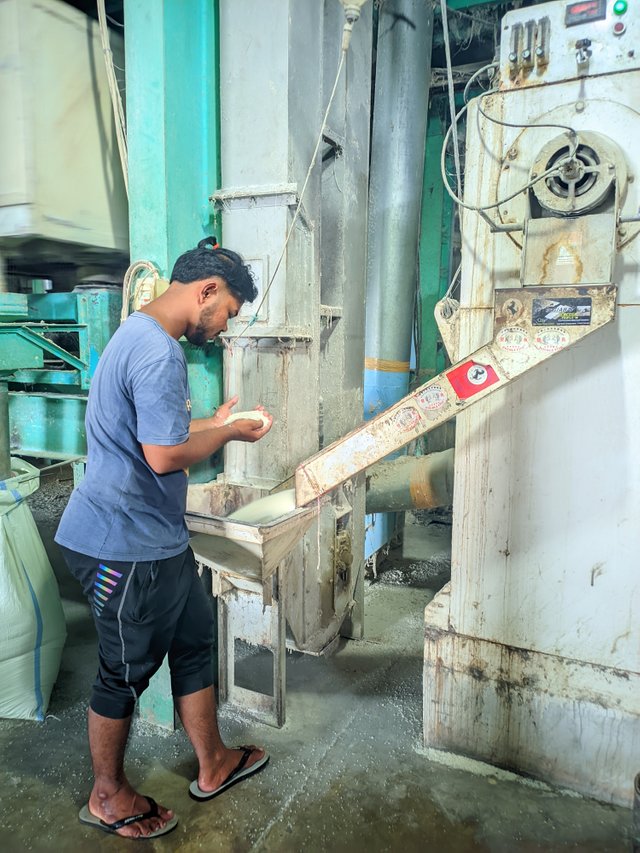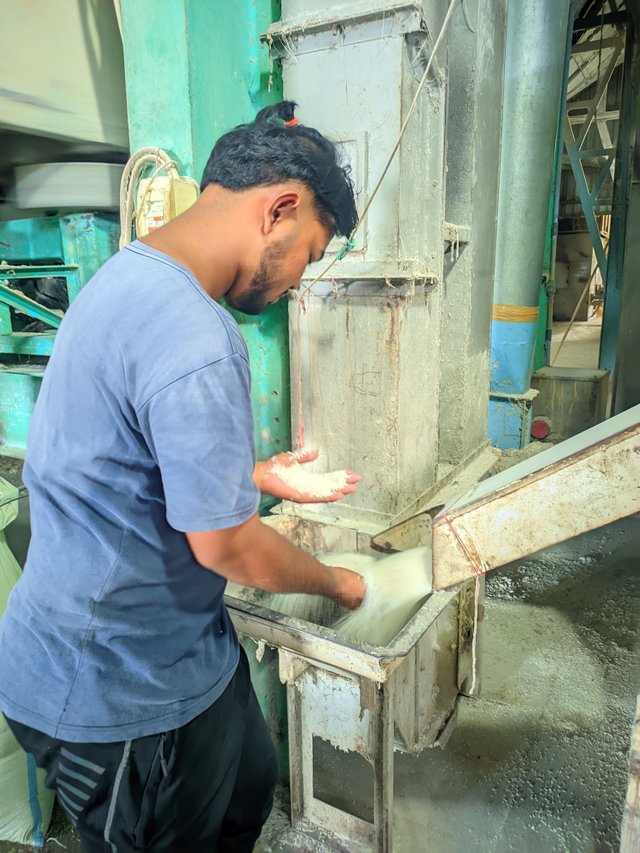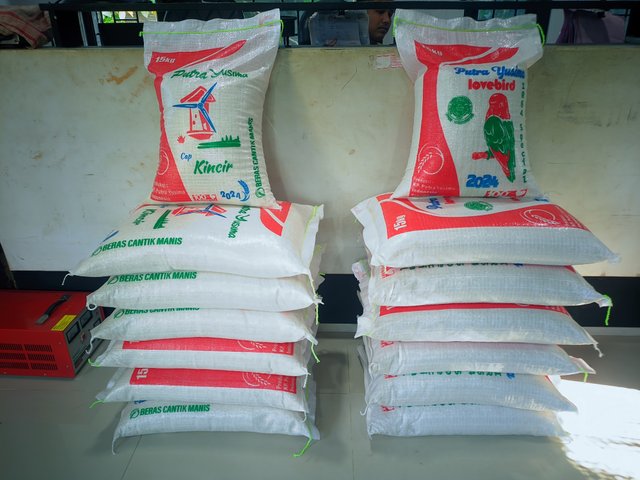The Process of Rice Production: From Paddy to Table Rice is a staple food for more than half of the world's population
The Process of Rice Production: From Paddy to Table
Rice is a staple food for more than half of the world's population. The process of transforming paddy into edible rice involves several stages, each crucial for producing high-quality rice.
1: Harvesting
Paddy harvesting marks the beginning of the rice production process. Farmers typically harvest paddy when the grains are mature and dry. Harvesting can be done manually or mechanically, depending on the farm's size and resources.
2: Threshing
After harvesting, paddy is threshed to separate the grains from the stalks and leaves. Threshing can be done using a machine or by hand.
3: Cleaning
The threshed paddy is then cleaned to remove impurities, such as dust, dirt, and broken grains. Cleaning is done using a series of sieves and air jets.
4: Milling
The cleaned paddy is then milled to remove the outer husk and bran layers, leaving just the edible white rice. Milling can be done using a rice mill or a polishing machine.
5: Polishing
The milled rice is then polished to remove any remaining impurities and improve its texture and appearance. Polishing is done using a series of rollers and air jets.
6: Sorting and Grading
The polished rice is then sorted and graded according to its quality and size. Sorting and grading are done using a series of sieves and air jets.
7: Packaging and Distribution
The sorted and graded rice is then packaged and distributed to markets and consumers.
Conclusion
The process of transforming paddy into edible rice involves several stages, each crucial for producing high-quality rice. From harvesting to packaging, every stage requires careful attention to detail to ensure that the final product meets the highest standards of quality and safety.
Tips for Choosing High-Quality Rice
- Look for rice that is free from impurities and has a uniform texture and color.
- Check the rice for any signs of damage or infestation.
- Choose rice that is stored in a clean and dry environment.
- Consider buying rice from reputable suppliers or farmers.



